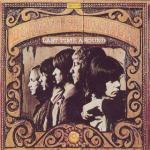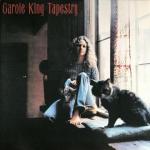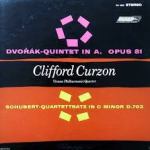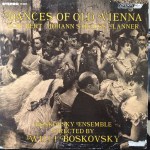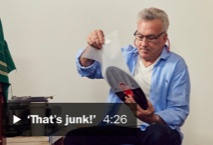
Commentaries and Advice on Equipment
Do not believe a word you hear in this video. You probably shouldn’t even watch it.
Let me state clearly one of our core beliefs here at Better Records.
Small speakers are incapable of lifelike musical reproduction in the home.
You will never feel as though you are in the presence of live musicians with a system like the one below. Real acoustic instruments move lots of air; that’s why we can hear them all the way at the back of the concert hall.
Little speakers, unlike speakers with large dynamic drivers, do a poor job of moving air. Screen speakers are not quite as bad as small speakers like those you see pictured, but they suffer from the same limitation: they don’t move enough air.
I’ve never had speakers this small (or screens), but I’ve heard many systems with little speakers on stands, with and without subs, and all of them left a great deal to be desired. When I find myself in a room with such systems, at most I listen for a few moments, for curiosity’s sake more than anything else, just to hear what they might be doing better or worse, and then I get the hell out of there before I become even more irritated than I normally am.
If you get talked into buying a system like this — novice audiophiles constantly get talked into buying bad stereo systems in every audio salon in the world — you will have a hard time getting very far in audio, and will probably just end up stuck at this unacceptably low level. So don’t do it!
This system may represent a floor, a good entry point for the budding enthusiast, but it is also a ceiling in the sense that it will keep you from making any real progress in the hobby. Which would be a shame. I have dedicated more than 45 years of my life to audio and have no intention of abandoning it. On the contrary, I get better at it all the time.
Can you imagine hooking up a turntable to these little boxes? Why bother?
Everything that’s good about analog would be inaudible on this system, and that right there is all the reason you should not go this route.
And to show you how clueless this setup is, the two towers of record shelving behind and to the outside of the speakers are in the worst possible place you could ever put them. Nothing should go there (unless you have Hallographs).
Keep the rear corners behind the speakers mostly empty unless you know what you are doing. This guy clearly does not.
Some of my old audio history:
I was duped into buying my first real audiophile speaker, Infinity Monitors, when the clever salesman played Sheffield’s S9 through them. I bought them on the spot. It was only later when I got home that none of my other records sounded as good, or even good for that matter. That was my first exposure to a Direct to Disc recording. To this day I can still picture the room the Infinity’s were playing in. It was a watershed moment in my audiophile life.
And of course I couldn’t wait to get rid of them once I’d heard them in my own system with my own records. I quickly traded them in for a pair of RTR 280-DRs. Now that was a great speaker! A 15 panel RTR Electrostatic unit for the highs; lots of woofers and mids and even a piezo tweeter for the rest. More than 5 feet tall and well over 100 pounds each, that speaker ROCKED.
This was the mid-’70s, 40+ years ago, and I am proud to say I have never owned a small speaker since. I’ve heard a lot of them — some good, most of them not so good — but that’s a sound I personally could never live with.
Especially if you are enjoy playing orchestral spectaculars like those found on our site.
Small speakers just can’t move enough air to bring orchestral music to life in any way that gives meaning to the term Hi-Fidelity.
